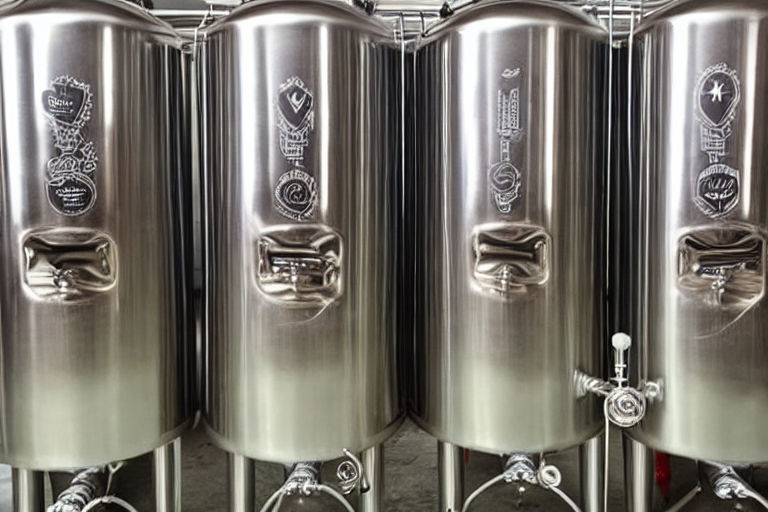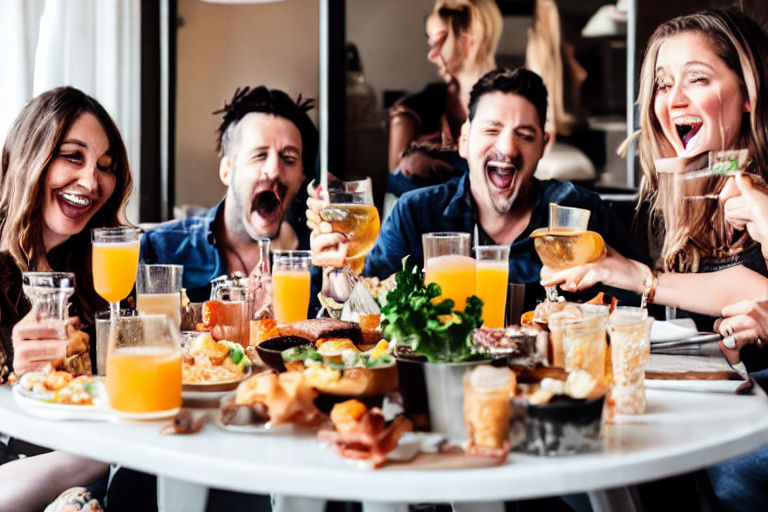Exploring the Nuances of Wine: A Journey Through Tasting Techniques
Wine, a complex and nuanced beverage, offers a sensory journey that goes far beyond simply drinking. Understanding the intricacies of wine tasting unlocks a whole new world of appreciation and allows you to truly experience the depth and beauty of this ancient art form.
The Five Senses of Wine
Tasting wine is a multi-sensory experience, engaging all five senses:
- Sight: The color, clarity, and intensity of the wine provide initial clues. From deep ruby reds to pale straw yellows, the visual aspect offers a first impression.
- Smell: The most important aspect of tasting. Swirl the wine in your glass to release the aromas. Identify notes of fruit, spice, earth, or floral scents.
- Taste: On the palate, the flavors unfold. Sweetness, acidity, tannins, and bitterness combine to create a complex tapestry.
- Touch: The texture, or mouthfeel, is determined by the wine's viscosity and tannins. A full-bodied wine may feel heavy, while a lighter wine may feel smooth.
- Sound: While often overlooked, the sound of the wine as it swirls in the glass can provide information about its age and body.
A Step-by-Step Guide to Wine Tasting
- Observe: Hold the glass up to the light and examine the color, clarity, and intensity of the wine.
- Inhale: Gently swirl the wine in the glass to release its aromas. Take several deep breaths, identifying the different scents you perceive.
- Taste: Take a small sip, allowing the wine to coat your tongue and palate. Focus on the different flavors and sensations.
- Reflect: Consider the overall impression of the wine. What are the dominant flavors and aromas? How does it feel on your palate?
Tips for Enhancing Your Wine Tasting Experience
- Start with a clean palate: Avoid strong-flavored foods or drinks before tasting.
- Use a white wine glass for white wines and a red wine glass for red wines: The shape of the glass influences how the aromas are released.
- Taste in a well-lit environment: Good lighting helps you to better appreciate the color and clarity of the wine.
- Take notes: Keep a tasting journal to record your impressions and track your preferences.
- Share your experience: Discuss the wine with friends or a tasting group. Sharing your observations can deepen your understanding and appreciation.
Conclusion
Wine tasting is a journey of discovery, a delightful exploration of flavor and aroma. By mastering the techniques and engaging your senses, you can unlock a world of enjoyment and gain a deeper appreciation for the art of winemaking. So, raise a glass and embark on your own sensory adventure!



